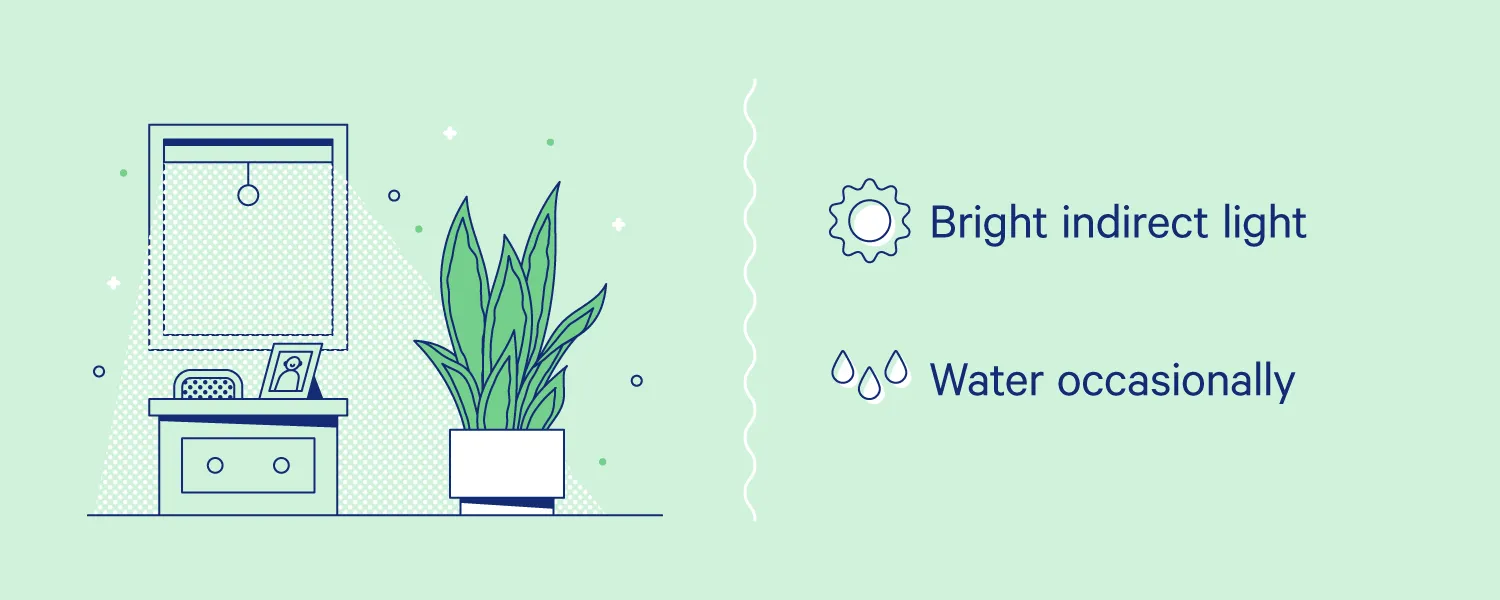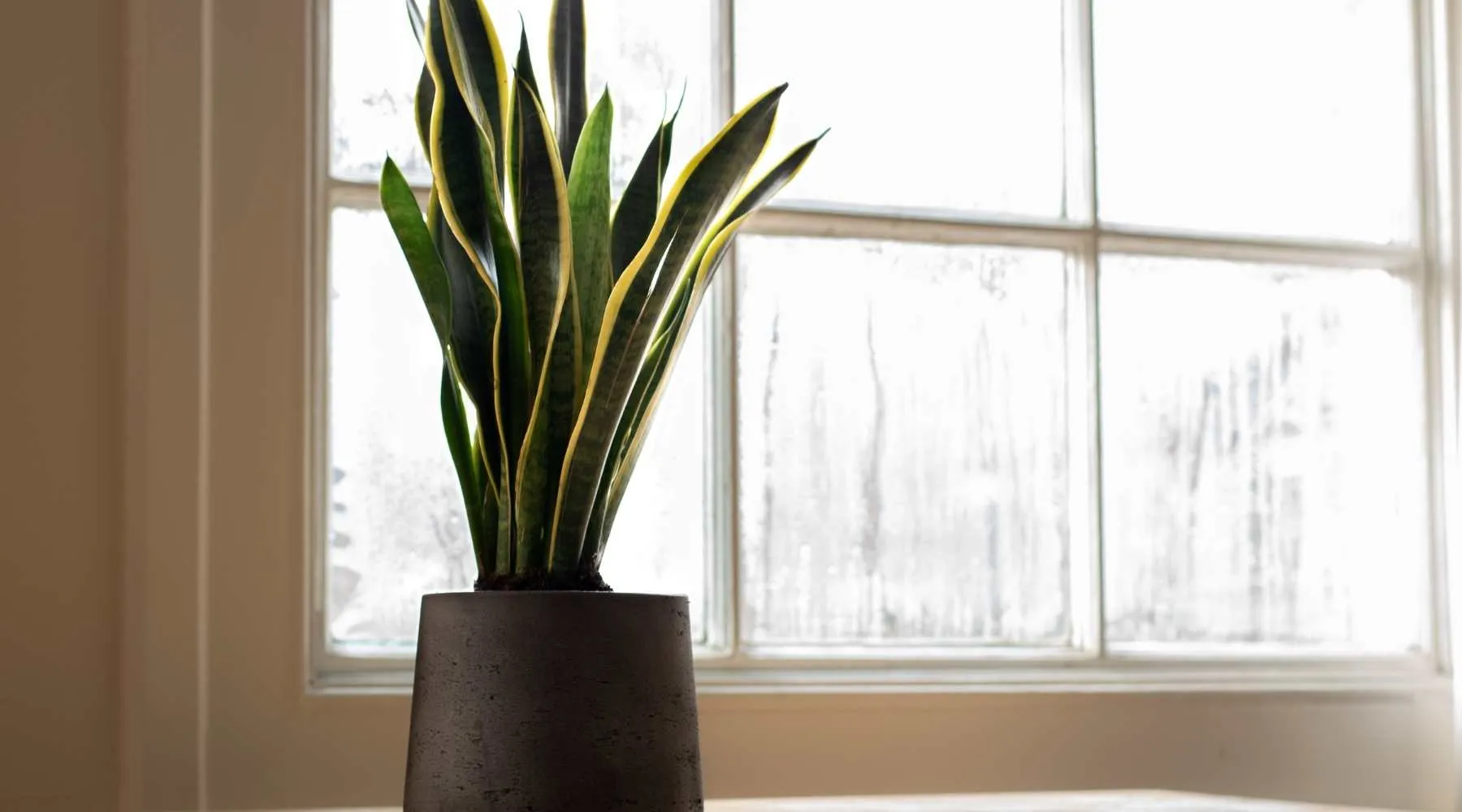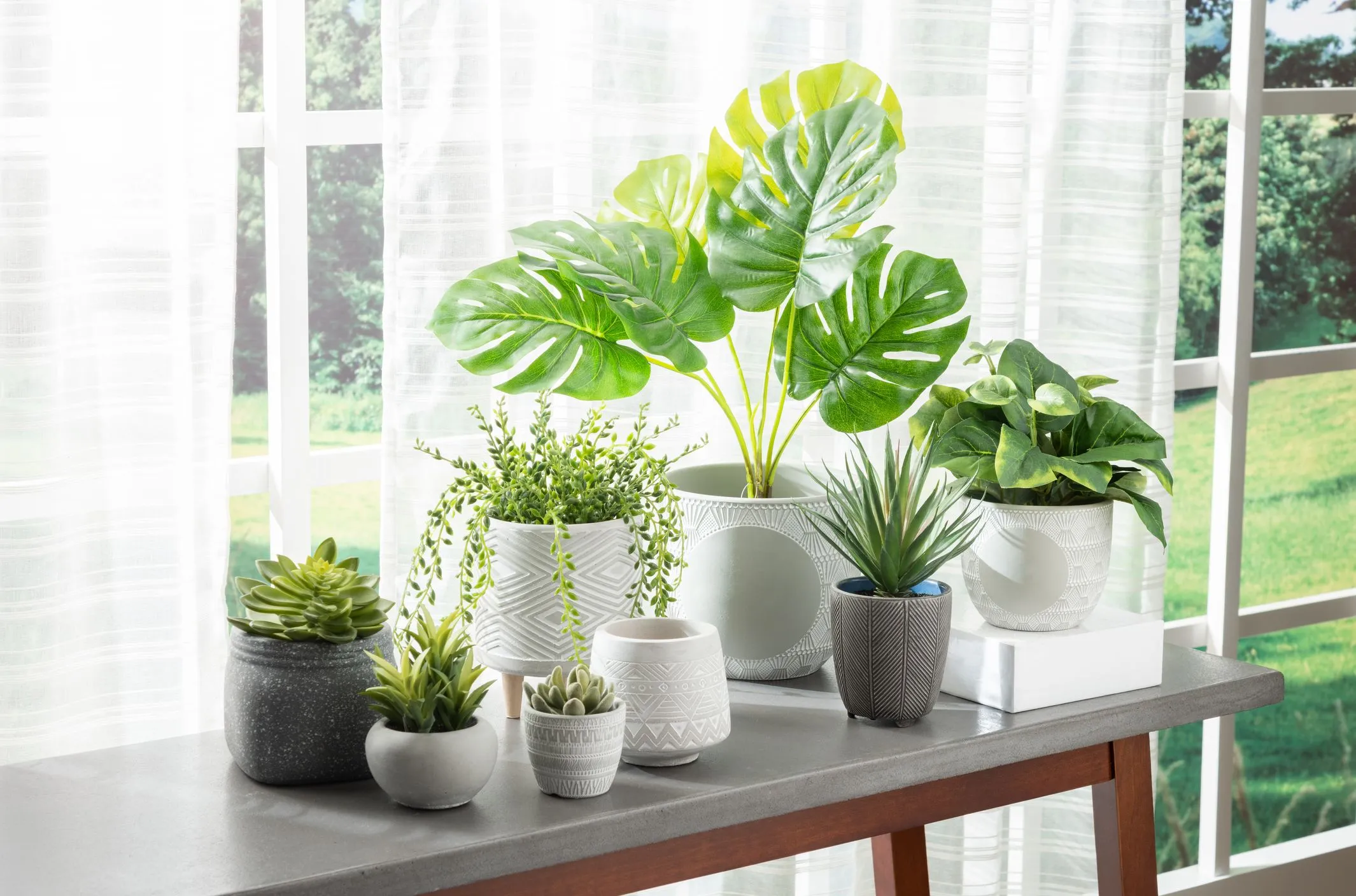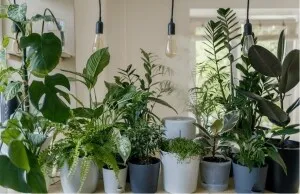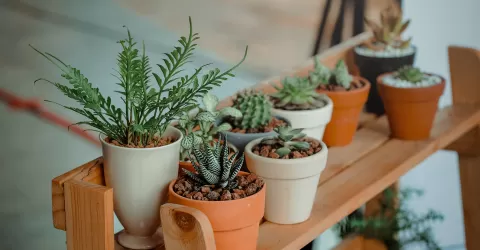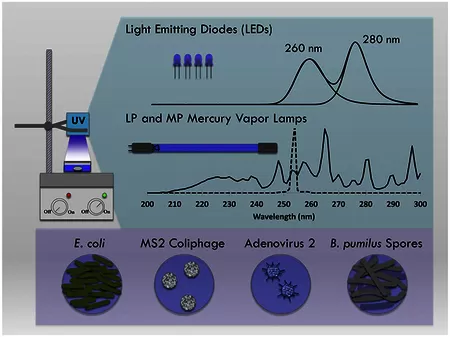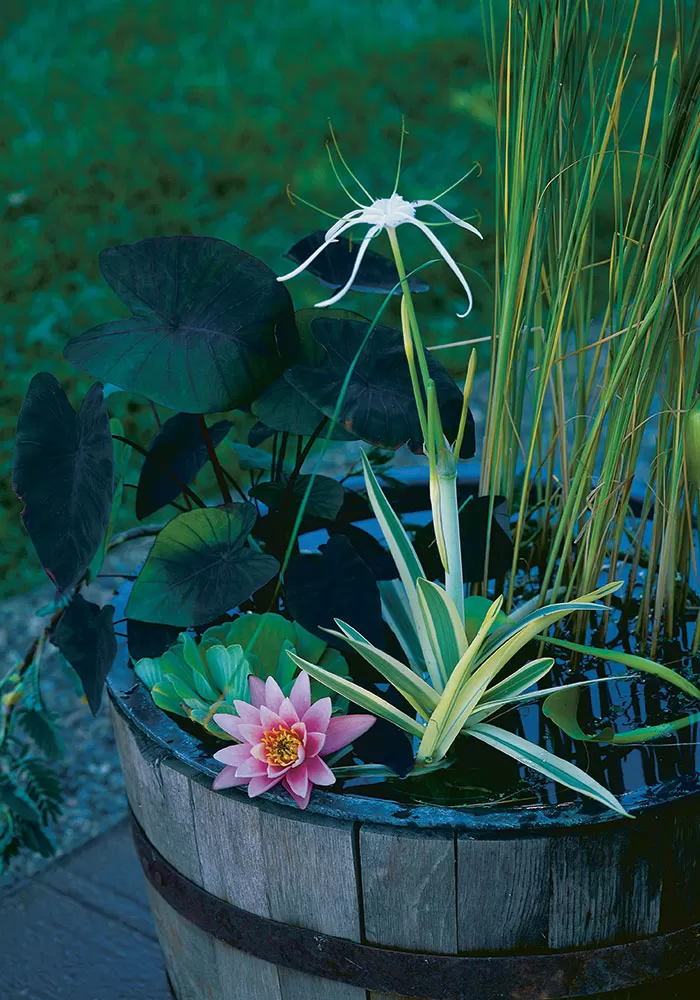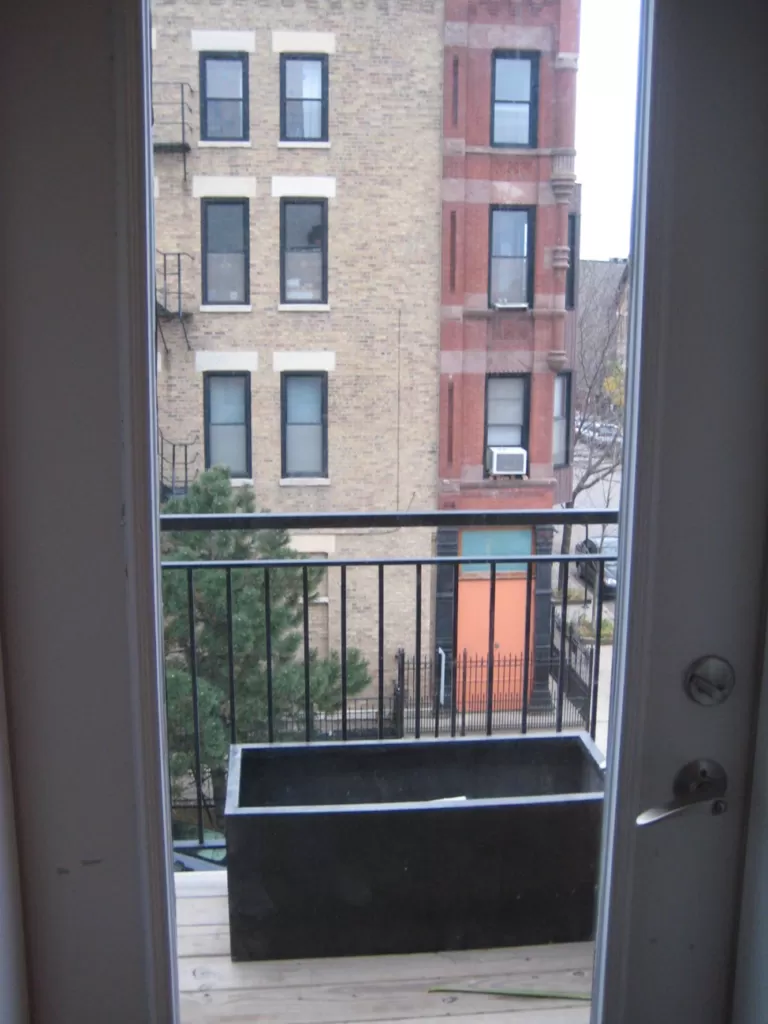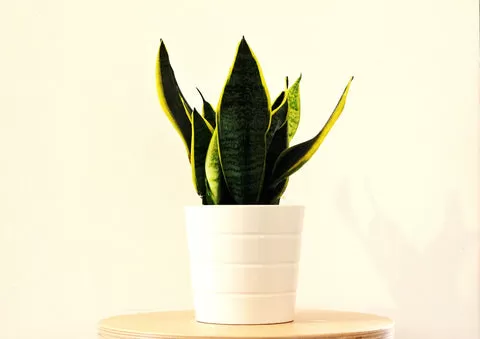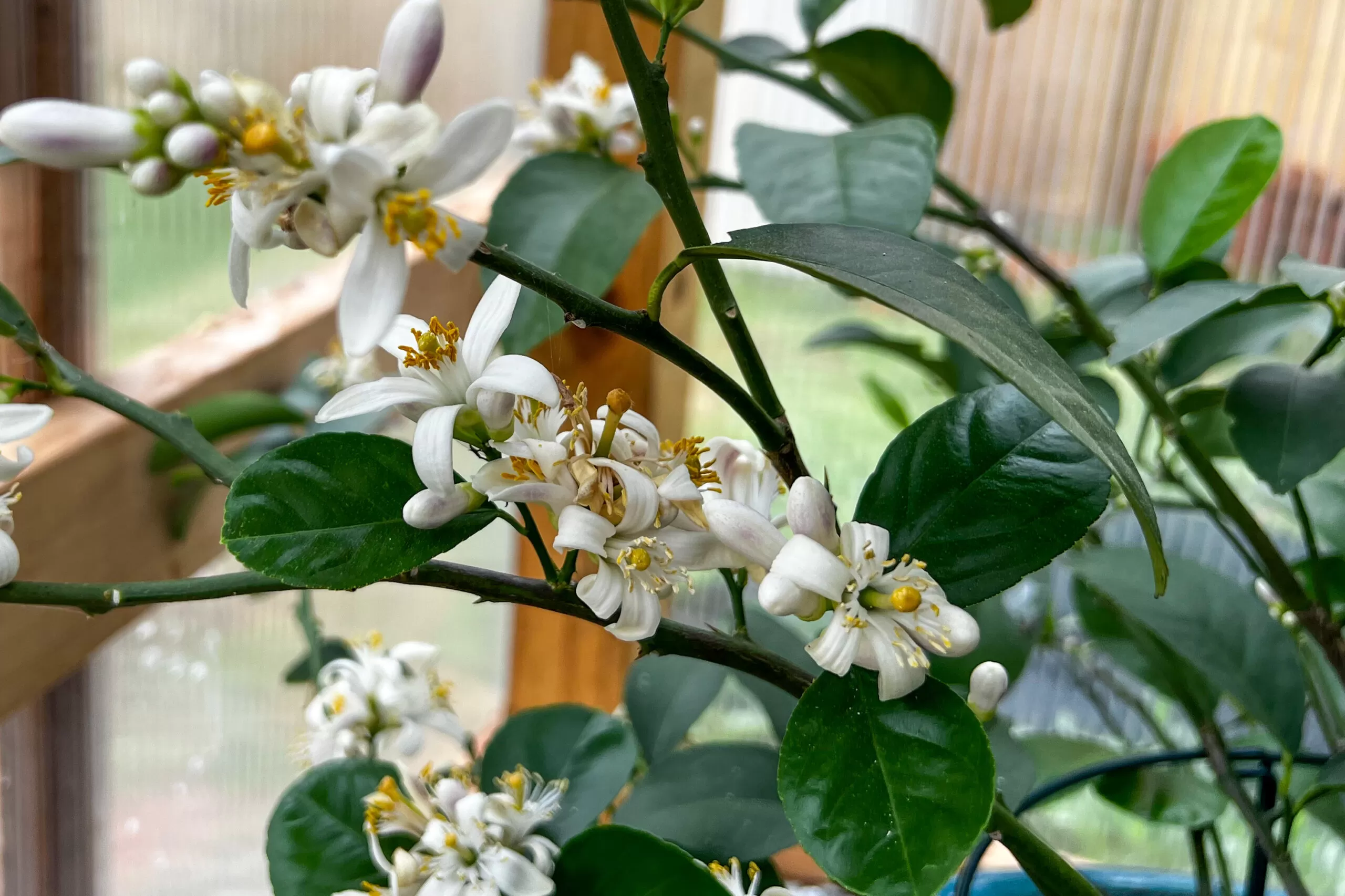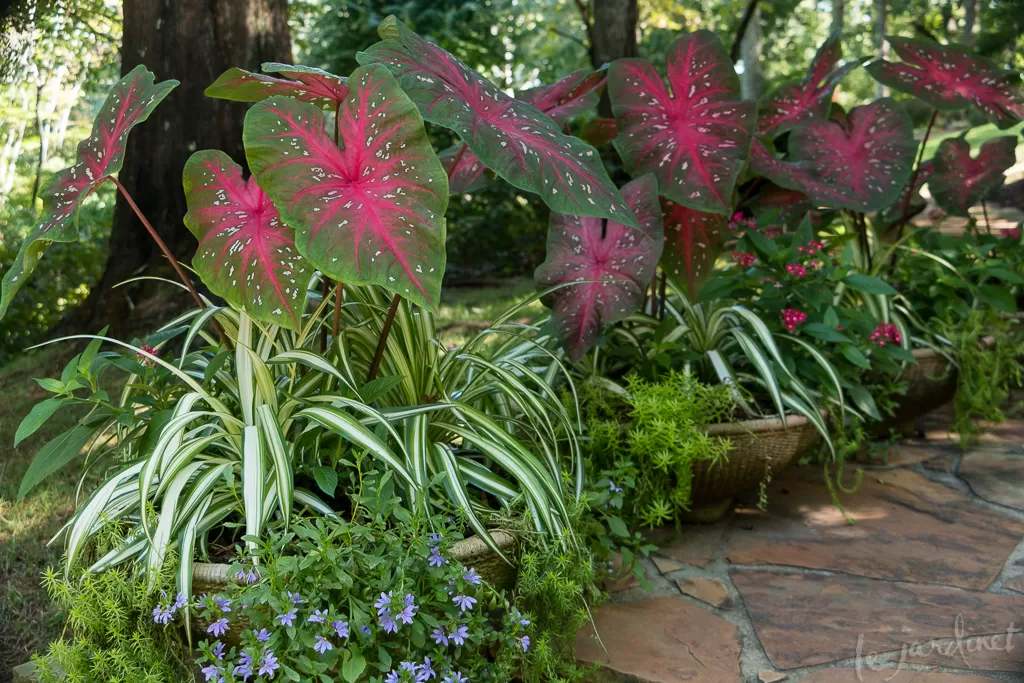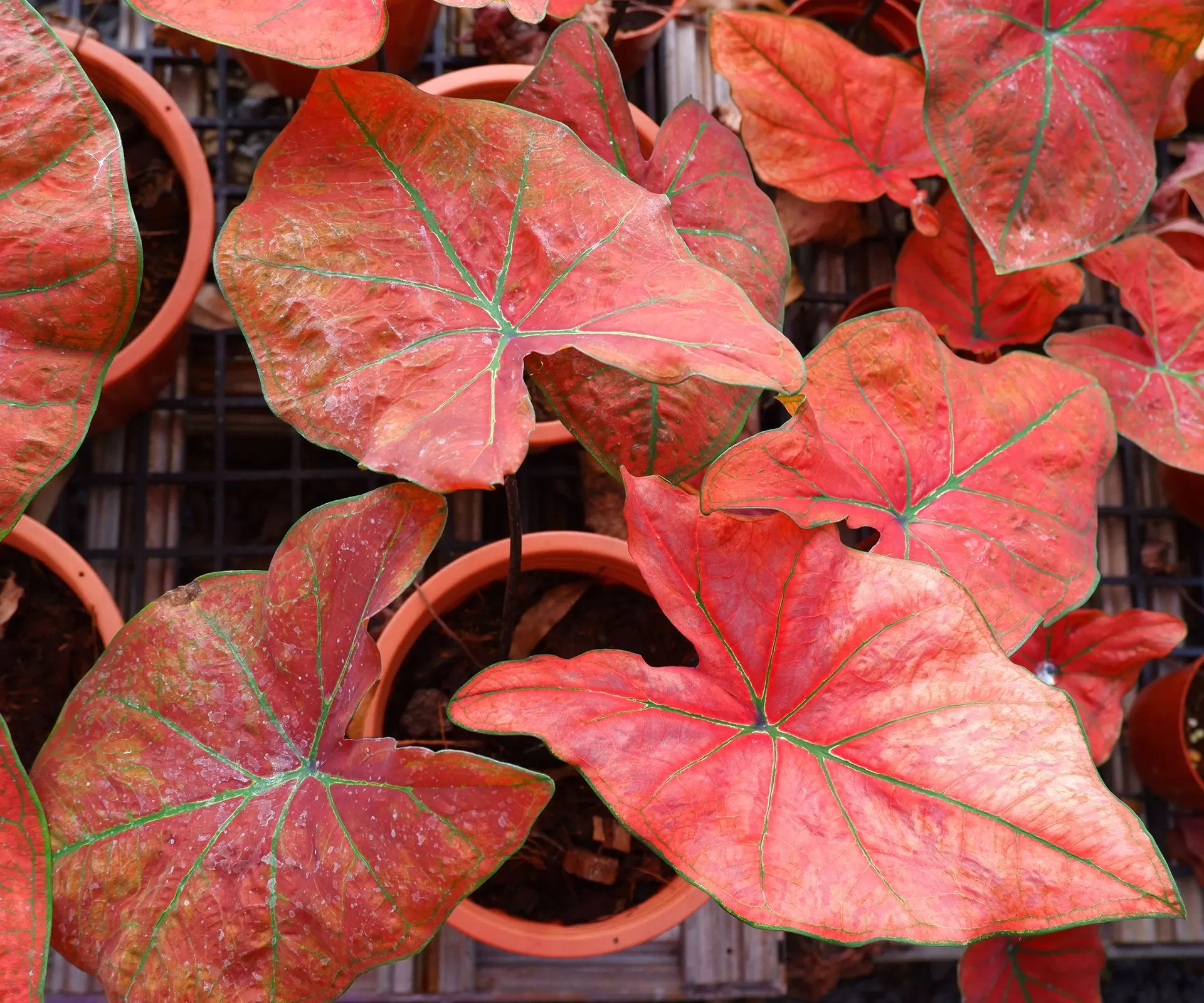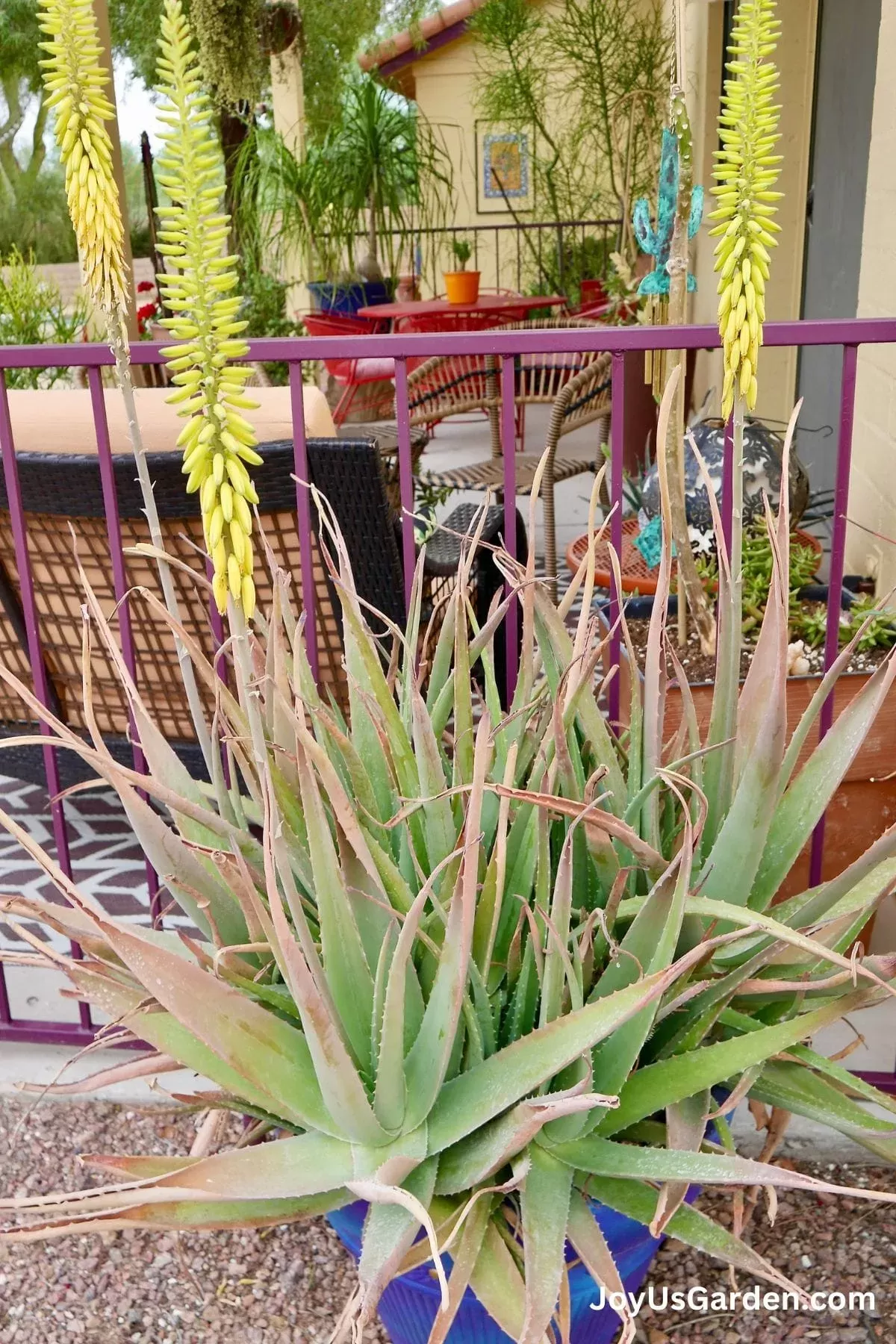Imagine a plant that not only looks stunning but actively works to improve the air quality in your home, especially while you sleep. Sounds too good to be true? Enter the incredible snake plant. While popular for its striking architectural shape and famously low-maintenance nature, there’s a lesser-known superpower this plant possesses that makes it a superstar, particularly after the sun goes down.
- Key Takeaways:
- Snake plants uniquely produce oxygen and filter air pollutants at night.
- They use Crassulacean Acid Metabolism (CAM) photosynthesis, unlike most plants.
- Benefits include improved indoor air quality and potential for better sleep.
- They effectively remove toxins like formaldehyde, benzene, and trichloroethylene.
- Many varieties are perfect for bedrooms and low-light areas.
Let’s delve into why the snake plant is the silent hero of the night and discover the specific benefits it brings to your living space.
Contents
- Why Snake Plants Shine at Night: The Science Behind the Benefits
- The Amazing Benefits of Having a Snake Plant in Your Bedroom
- Boosting Air Quality While You Sleep
- The Oxygen Advantage
- Choosing the Right Snake Plant for Your Space
- Popular Varieties for Indoor Living
- Bird’s Nest Snake Plant (Sansevieria Hahnii)
- Laurentii Sansevieria (Sansevieria trifasciata ‘Laurentii’)
- Cylinder Snake Plant (Sansevieria cylindrica)
- Twisted Sister Snake Plant (Sansevieria trifasciata ‘Twisted Sister’)
- Easy Care Tips for Your Nighttime Companion
- Conclusion
Why Snake Plants Shine at Night: The Science Behind the Benefits
Most plants perform photosynthesis during the day, taking in carbon dioxide and releasing oxygen. At night, this process reverses; they take in oxygen and release carbon dioxide. But snake plants (Sansevieria spp.), also known as Mother-in-Law’s Tongue or Viper’s Bowstring Hemp, are different. They are masters of efficiency, utilizing a process called Crassulacean Acid Metabolism (CAM).
Plants with CAM photosynthesis open their stomata (pores) at night to take in carbon dioxide, minimizing water loss during the heat of the day. They store this carbon dioxide as malic acid until the sun comes up, then process it via photosynthesis during the day when stomata are closed. This unique adaptation allows them to convert stored CO2 into oxygen during the day, but critically, it means they are absorbing CO2 at night when most other plants aren’t and still managing to release oxygen during the day from that nighttime uptake.
This makes them exceptional candidates for bedrooms and other indoor spaces where fresh air is vital, especially overnight.
The Amazing Benefits of Having a Snake Plant in Your Bedroom
Placing a snake plant in your bedroom or any indoor area brings significant advantages that go beyond just aesthetics. Their unique metabolic process offers tangible benefits for your health and indoor environment, particularly while you’re resting.
Boosting Air Quality While You Sleep
The air inside our homes can often be more polluted than the air outside, thanks to off-gassing from furniture, cleaning products, paints, and electronics. Snake plants are renowned air purifiers recognized by studies like NASA’s Clean Air Study. They are particularly effective at removing harmful toxins from the air.
These include:
- Formaldehyde: Found in furniture, flooring, and cleaning products.
- Benzene: Found in plastics, fabrics, pesticides, and cigarette smoke.
- Xylene: Found in rubber, leather, and printing products.
- Toluene: Found in paint thinners, adhesives, and synthetic fragrances.
- Trichloroethylene: Found in varnishes, adhesives, and printing inks.
By absorbing these volatile organic compounds (VOCs) through their leaves and filtering them through their root system, snake plants help create a healthier breathing environment while you sleep.
The Oxygen Advantage
While the amount of oxygen a single snake plant produces won’t single-handedly oxygenate a room, their ability to continue releasing oxygen throughout the day from CO2 absorbed at night is a notable benefit. Unlike many plants that respire (take in oxygen, release CO2) overnight, snake plants perform this gas exchange primarily during the day using their stored CO2, contributing to a net positive oxygen balance over a 24-hour cycle in low-light conditions where other plants might struggle. This continuous effort supports fresher air, which can indirectly contribute to a feeling of improved rest.
Choosing the Right Snake Plant for Your Space
Snake plants are incredibly diverse in shape, size, and color patterns, meaning there’s a variety perfect for almost any spot in your home. Whether you need a tall statement piece or a small desk companion, you can find a Sansevieria that fits your style while providing those valuable nighttime benefits.
Popular Varieties for Indoor Living
Here are some common and readily available types that make fantastic indoor companions:
Bird’s Nest Snake Plant (Sansevieria Hahnii)
A compact, low-growing variety with leaves forming a rosette, resembling a bird’s nest. Ideal for shelves, desks, or windowsills where space is limited.
- Scientific Name: Sansevieria trifasciata ‘Hahnii’
- Common Name: Bird’s Nest Snake Plant
- Zone: 9-11 (Indoors everywhere)
- Light: Low to Bright Indirect
- Humidity: Low to Average
- Water: Allow soil to dry completely between waterings.
 Compact Sansevieria Hahnii, also known as Bird's Nest snake plant, perfect for small spaces
Compact Sansevieria Hahnii, also known as Bird's Nest snake plant, perfect for small spaces
Laurentii Sansevieria (Sansevieria trifasciata ‘Laurentii’)
Perhaps the most iconic snake plant, known for its tall, upright leaves with distinctive yellow edges. This variety is a striking vertical element in decor.
- Scientific Name: Sansevieria trifasciata ‘Laurentii’
- Common Name: Mother-in-Law’s Tongue, Laurentii Snake Plant
- Zone: 9-11 (Indoors everywhere)
- Light: Low to Bright Indirect (Yellow edges most vibrant in brighter light)
- Humidity: Low to Average
- Water: Allow soil to dry completely between waterings.
 Tall Mother-in-Law's Tongue (Laurentii Sansevieria trifasciata) with yellow edges, an air-purifying bedroom plant
Tall Mother-in-Law's Tongue (Laurentii Sansevieria trifasciata) with yellow edges, an air-purifying bedroom plant
Cylinder Snake Plant (Sansevieria cylindrica)
Features stiff, round, spear-like leaves that grow outward. This architectural plant adds a unique modern touch. Often sold with braided leaves.
- Scientific Name: Sansevieria cylindrica
- Common Name: African Spear, Cylinder Snake Plant
- Zone: 10-11 (Indoors everywhere)
- Light: Low to Bright Indirect
- Humidity: Low to Average
- Water: Allow soil to dry completely between waterings.
 Sansevieria cylindrica, or African Spear plant, with smooth, upright leaves
Sansevieria cylindrica, or African Spear plant, with smooth, upright leaves
Twisted Sister Snake Plant (Sansevieria trifasciata ‘Twisted Sister’)
A smaller variety with twisting, variegated green and gold leaves that form a bushy shape, similar in habit to the Bird’s Nest but taller and with more dynamic foliage.
- Scientific Name: Sansevieria trifasciata ‘Twisted Sister’
- Common Name: Twisted Sister Snake Plant
- Zone: 9-11 (Indoors everywhere)
- Light: Low to Bright Indirect (Best variegation in brighter light)
- Humidity: Low to Average
- Water: Allow soil to dry completely between waterings.
Other notable types mentioned in the original text include the Variegated Snake Plant (a general term for varieties with patterns like ‘Laurentii’) and Rhino Grass (Sansevieria deserti), known for its pointed, sometimes reddish-tinted leaves. White Snake Plant (Sansevieria trifasciata ‘Futura Superba’) features thinner leaves with vertical white stripes and can grow quite tall.
Easy Care Tips for Your Nighttime Companion
One of the biggest appeals of snake plants is their incredible resilience. They are truly difficult to kill, making them perfect for beginner plant parents or anyone with a busy schedule. To ensure your snake plant thrives and continues to provide its air-purifying benefits, keep these simple tips in mind:
- Light: While they tolerate low light, they prefer medium to bright indirect light. Avoid direct sunlight, which can scorch their leaves.
- Watering: This is where most people go wrong. Snake plants are highly susceptible to root rot. Allow the soil to dry out completely between waterings. When in doubt, wait longer. Watering frequency depends on light, temperature, and pot size, but typically ranges from every 2-4 weeks.
- Soil: Use a well-draining potting mix, like a cactus or succulent mix. Good drainage is key.
- Container: Use a pot with drainage holes!
- Temperature: They prefer average room temperatures (65-80°F or 18-27°C) and don’t like cold drafts.
Conclusion
Bringing a snake plant into your home is more than just adding a decorative element; it’s introducing a hardworking, low-maintenance air purifier with unique nighttime benefits. Their ability to absorb CO2 overnight and filter common household toxins while requiring minimal care makes them ideal companions, especially for enhancing the air quality in your bedroom for a potentially more restful night’s sleep.
Ready to experience the benefits of a snake plant at night? Find the perfect variety for your space and enjoy fresher air and a touch of natural beauty. Have you already noticed the difference a snake plant makes? Share your experience in the comments below!

